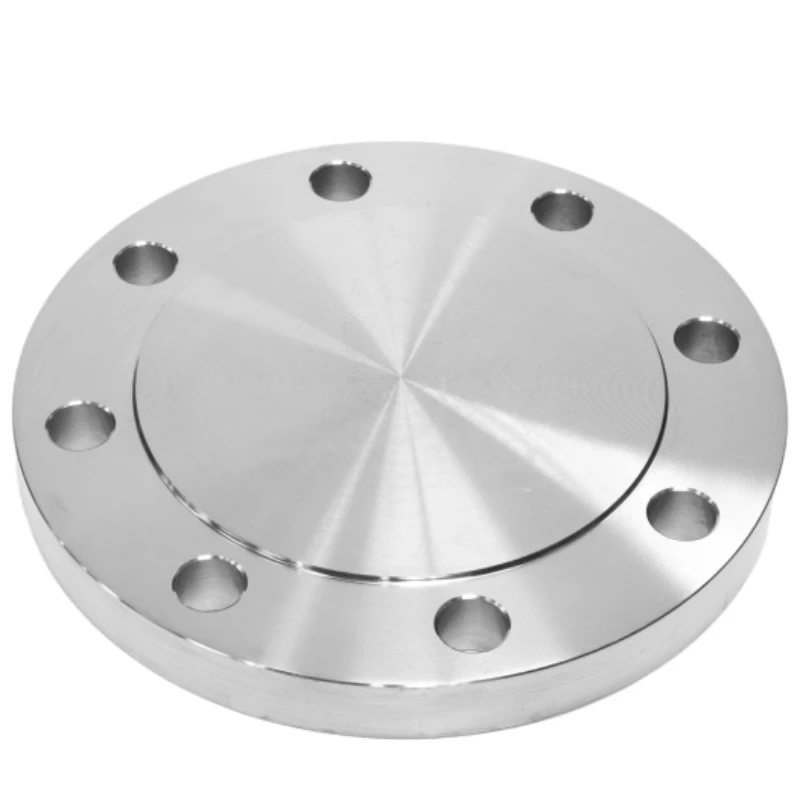-
Cangzhou Yulong Steel Co., Ltd.
-
Phone:
+86 13303177267 -
Email:
admin@ylsteelfittings.com
- English
- Arabic
- Italian
- Spanish
- Portuguese
- German
- kazakh
- Persian
- Greek
- French
- Russian
- Polish
- Thai
- Indonesian
- Vietnamese
- Zulu
- Korean
- Uzbek
- Hindi
- Serbian
- Malay
- Ukrainian
- Gujarati
- Haitian Creole
- hausa
- hawaiian
- Hebrew
- Miao
- Hungarian
- Icelandic
- igbo
- irish
- Japanese
- Javanese
- Kannada
- Khmer
- Rwandese
- Afrikaans
- Albanian
- Amharic
- Armenian
- Azerbaijani
- Basque
- Belarusian
- Bengali
- Bosnian
- Bulgarian
- Catalan
- Cebuano
- China
- China (Taiwan)
- Corsican
- Croatian
- Czech
- Danish
- Esperanto
- Estonian
- Finnish
- Frisian
- Galician
- Georgian
- Kurdish
- Kyrgyz
- Lao
- Latin
- Latvian
- Lithuanian
- Luxembourgish
- Macedonian
- Malgashi
- Malayalam
- Maltese
- Maori
- Marathi
- Mongolian
- Myanmar
- Nepali
- Norwegian
- Norwegian
- Occitan
- Pashto
- Dutch
- Punjabi
- Romanian
- Samoan
- Scottish Gaelic
- Sesotho
- Shona
- Sindhi
- Sinhala
- Slovak
- Slovenian
- Somali
- Sundanese
- Swahili
- Swedish
- Tagalog
- Tajik
- Tamil
- Tatar
- Telugu
- Turkish
- Turkmen
- Urdu
- Uighur
- Welsh
- Bantu
- Yiddish
- Yoruba

Oct . 11, 2024 13:02 Back to list
bent metal tubing
Bent Metal Tubing A Versatile Solution for Modern Engineering
Bent metal tubing plays a vital role in various industries due to its versatility and structural integrity. This specialized form of tubing is engineered to meet specific requirements, making it essential in sectors such as automotive, aerospace, construction, and manufacturing. Understanding the characteristics, applications, and benefits of bent metal tubing can help engineers and designers make informed choices in their projects.
Characteristics of Bent Metal Tubing
Bent metal tubing can be made from various materials, including steel, aluminum, and stainless steel. The choice of material often depends on the application and environmental factors. For instance, stainless steel is favored for its resistance to corrosion, while aluminum is prized for its lightweight properties. The bending process, which can be achieved through methods such as rotary draw bending or mandrel bending, allows for the creation of curves, angles, and intricate shapes that flat metal cannot provide.
One of the significant advantages of bent metal tubing is its ability to maintain structural integrity while accommodating complex designs. During the bending process, the material undergoes deformation, which requires careful control to avoid issues like kinking or cracking. Advanced equipment and technologies, such as CNC bending machines, help ensure precision and repeatability, allowing for mass production of high-quality bent components.
Applications of Bent Metal Tubing
The applications of bent metal tubing are vast and varied
1. Automotive Industry Bent metal tubing is widely used in vehicle manufacturing for exhaust systems, roll cages, and chassis components. The ability to create lightweight yet strong structures is essential for enhancing performance and safety.
2. Aerospace In the aerospace sector, bent metal tubing is critical for creating fuel lines, support structures, and various other components that require significant strength-to-weight ratios. The ability to customize size and shape ensures that each part meets the exacting standards of the industry.
3. Construction Bent metal tubing is often used in architectural applications, including handrails, frames, and structural supports. Its aesthetic appeal, combined with its strength, makes it an excellent choice for both residential and commercial projects.
bent metal tubing

4. Manufacturing In manufacturing, bent metal tubing is integral to creating machinery and conveyor systems. The tubing can be formed to fit specific layouts and workflows, optimizing efficiency and functionality.
Benefits of Bent Metal Tubing
The advantages of bent metal tubing extend beyond its applications
- Customization Bent metal tubing can be tailored to meet specific requirements, whether it be dimensions, angles, or materials. This customization enables engineers to create unique solutions tailored to their project needs.
- Weight Reduction In industries such as automotive and aerospace, reducing weight is crucial for improving fuel efficiency and performance. Bent metal tubing provides a lightweight alternative to solid metal while retaining necessary strength.
- Design Flexibility The ability to bend metal tubing allows for greater design flexibility, enabling innovations and advancements in product development. Engineers can create more efficient and aesthetically pleasing designs without compromising structural integrity.
- Cost-Effectiveness While the initial investment in machinery and processes for bending metal tubing may be higher, the long-term benefits often outweigh these costs. The reduced material waste and seamless integration into manufacturing processes can lead to overall savings.
Conclusion
Bent metal tubing is an indispensable component across diverse industries, offering unique advantages that drive innovation and efficiency. With advancements in bending technology and materials science, its applications continue to grow, paving the way for new possibilities in design and engineering. As industries evolve, the demand for custom bent metal tubing will likely increase, underscoring the importance of this versatile solution in modern engineering challenges. Understanding its properties and applications enables engineers to leverage its benefits, ultimately contributing to the development of safer, more efficient, and aesthetically pleasing products.
Latest news
-
ANSI 150P SS304 SO FLANGE
NewsFeb.14,2025
-
ASTM A333GR6 STEEL PIPE
NewsJan.20,2025
-
ANSI B16.5 WELDING NECK FLANGE
NewsJan.15,2026
-
ANSI B16.5 SLIP-ON FLANGE
NewsApr.19,2024
-
SABS 1123 FLANGE
NewsJan.15,2025
-
DIN86044 PLATE FLANGE
NewsApr.19,2024
-
DIN2527 BLIND FLANGE
NewsApr.12,2024
-
JIS B2311 Butt-Welding Fittings LR/SR 45°/90° /180°Seamless/Weld
NewsApr.23,2024











